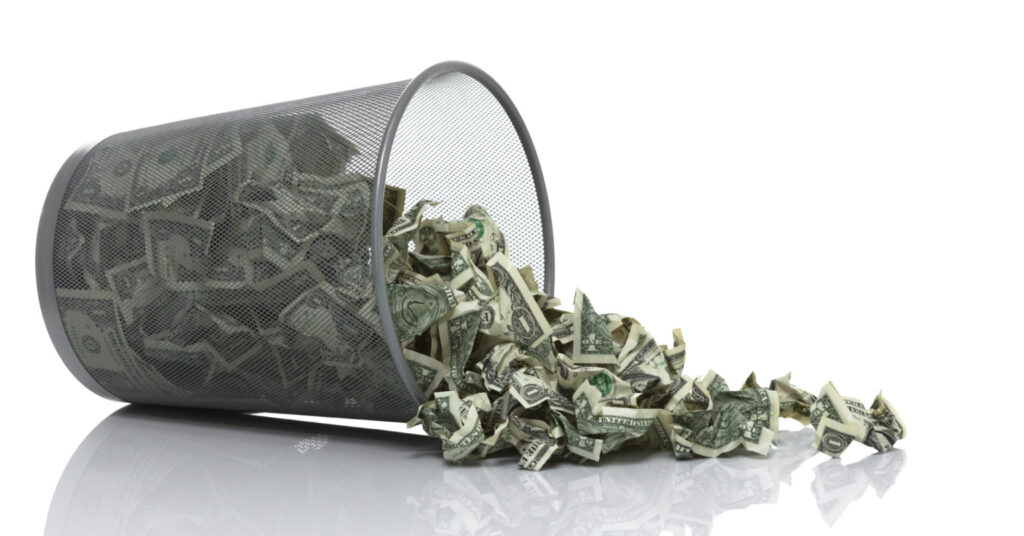POLITICS says “this is what we should do” while economics says “this is why you can’t.”
Or, as economist Thomas Sowell would put it:
“The first lesson of economics is scarcity: there is never enough of anything to fully satisfy all those who want it. The first lesson of politics is to disregard the first lesson of economics.”
Not surprisingly, throughout known human history, most politicians have promised practically “everything” just to get elected. And that’s not because these politicians are incurable liars (although some are), but because they can’t always say the truth and expect to get elected. How many of us would vote for a candidate who tells us s/he won’t make any promises to make our lives a bit better because that will depend on rapid economic recovery which, in turn, will depend on events that are beyond our control? So, of course, all candidates for office are for education, health care, public safety, medical referrals, pay hikes, low-cost and reliable utilities, affordable air fare/prices of basic commodities, more (government) jobs, more benefits, more free services, etc. And they also agree that the government should “live within its means.”
As libertarian writer Dan Sanchez has noted, voters “have a poor track record on holding politicians accountable to their promises. So if you’re running to win, it often pays to out-promise your competitors, even if that means veering into fairytale territory.”
To be sure, most if not all voters are against wasteful government spending. So most, if not all, candidates for office are against it, too. And once they get elected, wasteful government spending will continue, and will go on and on, like the Energizer bunny. Come to think of it, “wasteful government spending” is a redundant phrase. There seems to be no other kind of government spending.
About three months ago in Washington, D.C., Sen. Rand Paul of Kentucky announced the publication of his eighth annual “Festivus Report” which, in 2022, identified over $482 billion in federal government waste. Named after a holiday invented by a character on “Seinfeld,” the report aims to “alert the American people to how their federal government uses their hard-earned money.” Apparently, however, no one minds — as long as they get their cut.
Patrick Carroll of the Foundation for Economic Education provides the following “crazy examples of government waste in 2022” that were mentioned in the Festivus Report:
1) Using Covid relief funds to construct an 800-room luxury hotel
Broward County, Florida spent $140 million in Covid-19 relief funds to construct a luxury hotel, complete with 30,000 square feet of pool decks, a rooftop bar, and an 11,000-square-foot spa and fitness center.
2) Using Covid relief funds to purchase luxury cars
The federal government has spent roughly $4.55 trillion on Covid relief aid, of which over $100 billion was stolen or put to fraudulent uses according to the Secret Service. Of this amount, $31.5 million was used by four individuals to buy luxury cars such as Porsches, Ferraris, and Lamborghinis.
3) Camouflage uniforms that don’t blend in
The federal government spent $28 million on camouflage uniforms for use in Afghanistan which didn’t match the environment of Afghanistan.
4) Maintaining 77,000 empty federal buildings
According to the Office of Management and Budget, the federal government spends more than $1.7 billion a year to maintain 77,000 empty buildings.
5) Subsidizing the free New York Staten Island Ferry
The Staten Island Ferry is free which means it is funded by taxpayers. This year, federal taxpayers contributed $70 million to this venture.
6) Boosting the Tunisia travel sector during Covid-19
In early 2022 the federal government spent $50 million on a “Visit Tunisia” initiative meant to boost travel to the country whose tourism sector generated over $1 billion in 2019.
7) Injecting 6-month-old beagle puppies with cocaine
The National Institutes of Health spent $2.3 million on this research project.
8) Constructing a Gandhi museum in Houston
$3 million was earmarked for this project.
9) Researching if Thanos could snap his fingers wearing the Infinity Gauntlet
Thanos is one of Marvel Comics’ supervillains. Researchers at Georgia Tech got a grant for $118,971 to study whether a real-life Thanos could actually snap his fingers while wearing the Infinity Gauntlet. Their breathtaking conclusion? “Thanos could not have snapped because of his metal armored fingers. So, it’s probably the Hollywood special effects, rather than actual physics, at play.”
Ka-ching!
Send feedback to editor@mvariety.com












